Click on the map below to learn more
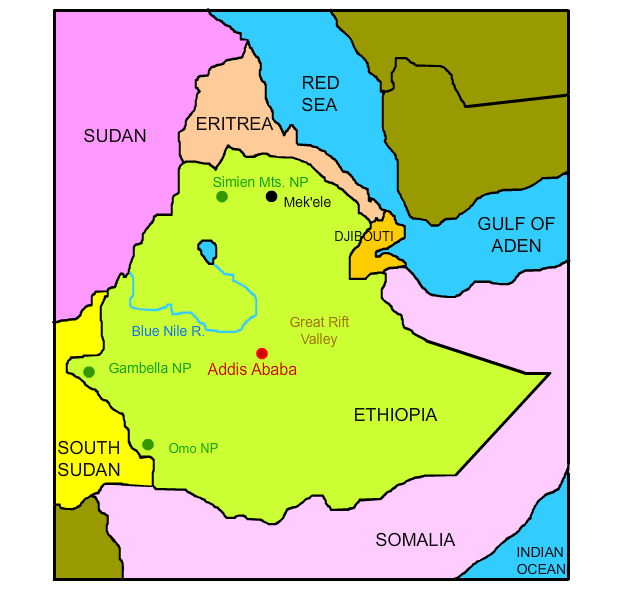
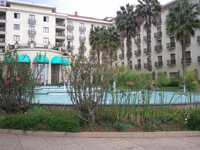 |
Addis AbabaAddis Ababa is the capital of and largest city in Ethiopia. It is unusual among cities in that it is considered both a city and a state. It is one of the world's most diverse cities, with over 80 recognized languages and major Christian, Muslim, and Jewish communities. Parts of Addis Ababa are situated at altitudes above 9,000 feet! The city was founded in 1886 by Emperor Menelik II. Today, the city is home to the United Nations Economic Commission for Africa as well as the African Union. The Ethiopian Natural Museum, located in Addis Ababa, is home to the fossilized skeleton of Lucy, a famous Australopithecus found in Ethiopia that is thought to be 3.2 million years old.
|
| Back to Map | |
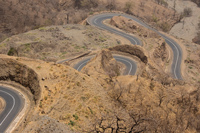 |
Mek'eleMek'ele, also called Mekelle, is a rapidly growing city in northern Ethiopia and the second largest population of center of Ethiopia. Located at nearly 7,400 feet above sea level, Mek'ele is the center of Ethiopia's ages-old salt trade. Surrounding the city are numerous pre-historic ruins and centuries-old churches built among the rocks. The city is home to Mek'ele University, which specializes in dryland agricultural education. The Yohannes Castle is one of the city's principal landmarks. The well-preserved castle was the 19th century home of Emperor Yohannes, who ruled over the Tigray region of northern Ethiopia and brought Mek'ele into prominence. |
| Back to Map | |
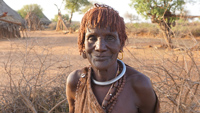 |
Omo National ParkOmo National Park is widely considered Ethiopia's most remote national park. In 1980, the oldest known (at the time) fossil fragments of Homo Sapiens were found in the lower reaches of the Omo River, now a UNESCO World Heritage Site. The bones found included parts of skulls, jaws, a leg bone, and at least 200 teeth. The bones were estimated to have been about 195,000 years old and the tool remnants found dated to the Middle Stone Age. The park itself, however, provides no support for would-be visitors. The existence of the park is controversial as some of the indigenous people in the region may have been displaced or will be displaced by government zoning of the park. |
| Back to Map | |
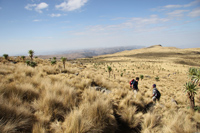 |
Simien Mountains National ParkSimien Mountain National Park is located in northern Ethiopia and is home to the nation's highest peak - Ras Dashan, which rises to an altitude of 14,930 feet. The park is characterized by deep valleys, towering cliffs, and jagged mountains. The park also gives refuge to several endangered species such as the Ethiopian wolf and waila ibex. 400 species of birds are thought to inhabit the lands inside park boundaries. |
| Back to Map | |
 |
Gambella National ParkLocated near the South Sudan border, Gambella is Ethiopia's largest national park. The park is famous for its wildlife, that includes signature African species such as hyenas, leopards, lions, cheetahs, warthogs, hippopotamuses, giraffes, and others. Efforts to reduce poaching within park borders have resulted in major increases in population for many species, although these increases have been offset by a loss of habitat to agriculture within the park, and deforestation. |
| Back to Map | |
 |
Blue Nile RiverThe Blue Nile is one of the two main tributaries of the Nile River. It originates in Lake Tana and empties into the Nile River. When it empties into the Nile, it carries vast amounts of water from the summer monsoons. The soil that mixes in with the water causes it to turn black in color. By some accounts, the water from the Blue Nile makes up 70-80 percent of the water in the Nile River. The Blue Nile flows for about 900 miles, a portion of which is through "the Grand Canyon of the Nile," a huge canyon that extends for about 250 miles. The canyon is so remote and foreboding that travel and communication through the area are nearly impossible.
|
| Back to Map | |
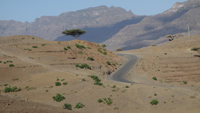 |
Great Rift ValleyThe Great Rift Valley stretches over 6000 kilometers across the Middle East and Africa. Geologists are currently studying the East African Rift System (EARS), have discovered that the Great Rift Valley is the result of two tectonic plates moving away from each other, resulting in a widening crack in the earth's surface. The Ethiopian rift is thought to be about fifty miles wide. This rift is full of alkaline lakes with no outlet. The largest of these lake is Called Lake Abaya.
|
| Back to Map | |
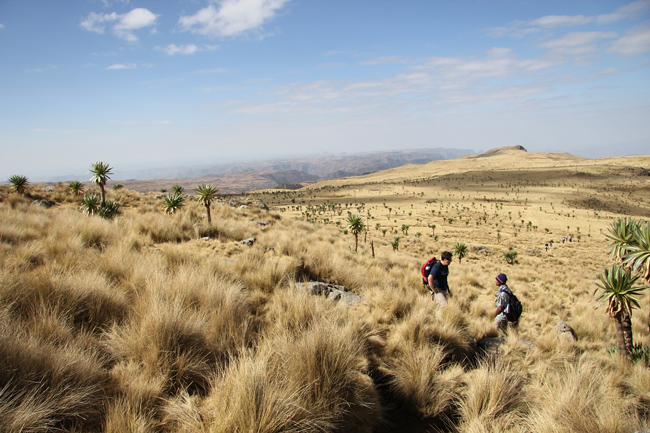 |
|
| Simien Mountains National Park | |
| Population: | 104,000,000 |
| Area: | 426,400 sq. miles |
| Capital City: | Addis Ababa |
| Largest City: | Addis Ababa |
| Currency: | Birr |
| Official Language: | English, Arabic, Italian |
| GDP (Gross Domestic Product) | $90 Billion |
|
|
 |
|
| The Ethiopia flag was adopted in 1996. The blue circle in the middle of the flag represents peace and the emblem represents Ethiopia's unity and diversity. The sun's rays represent prosperity. The green in the flag represents the land, the yellow represents hope and peace, and the red represents the strength of the people. | |